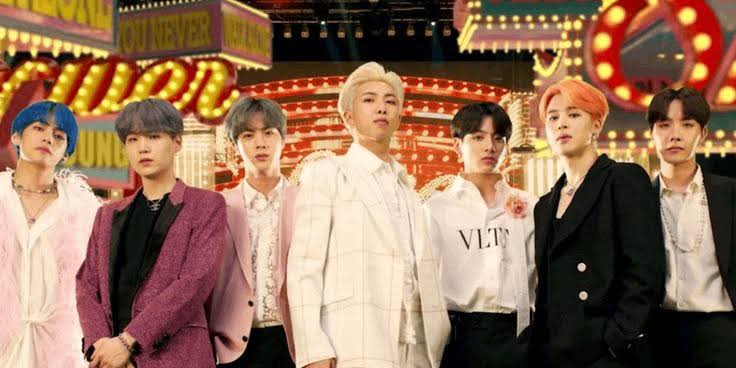South Korea Leverages Culture as Economic Catalyst
Facing rising trade barriers and slowing growth, South Korea is turning its cultural exports—known as Hallyu or the Korean Wave—into a new economic engine. The government is doubling down on cultural investments, targeting music, dramas, beauty, food, and webtoons as key drivers for future growth.
Hope Beyond Manufacturing: Culture in Numbers

Although value-wise cultural exports (≈ $9.85 billion in 2024) remain modest compared to goods exports (~$696 billion), their impact is surging. These creative exports are driving job creation, innovation, and global branding.
Bold Government Vision: Cultural Superpower by 2030
President Lee Jae Myung has set a goal to make South Korea one of the world’s top-five cultural powers by 2030, backed by legislation, infrastructure, and funding. This push targets new and emerging markets like Latin America, India, and the Middle East.
Key players are expanding globally:
HYBE is holding auditions across Latin America to launch a new boy band and has opened a Latin America division managing acts like Morat.
CJ ENM is partnering with Middle Eastern platforms to export Korean dramas to new regions.
A Global Cultural Blueprint in Action
South Korea’s path is a case study in public–private success. Agencies like KOCCA and KOCIS fund creators, offer loans, and establish global cultural centers—from Mexico City to New Delhi—to support Hallyu’s spread.
Why It Matters Now

- Diversifying the economy: Cultural exports create high-value jobs and resilience against trade shocks.
- Soft power gain: K-Pop, dramas, and books are boosting international admiration—making South Korea a cultural trendsetter.
- Winning on the global stage: K-Pop was even seen as a “safe-haven asset” during economic instability—entertainment stocks soared while traditional exports struggled.
- Next-gen talent & infrastructure: Universities are launching global entertainment programs to train future industry leaders.
Snapshot Summary
Strategy Aspect – Key Insight
Government Backing – Funding, grants, cultural centers, policy frameworks
New Markets – Latin America, India, Middle East prioritized for expansion
Economic & Cultural Impact – Cultural exports grow jobs, investor interest, and geopolitical reach
Digital & Educational Support – Developing new talent and infrastructure for long-term cultural reach
Final Thoughts

South Korea’s calculated shift from industrial powerhouse to cultural superpower proves that creativity can fuel economies. With strategic global expansion and modern infrastructure, the nation’s cultural exports are not just music—they’re a blueprint for global influence.
